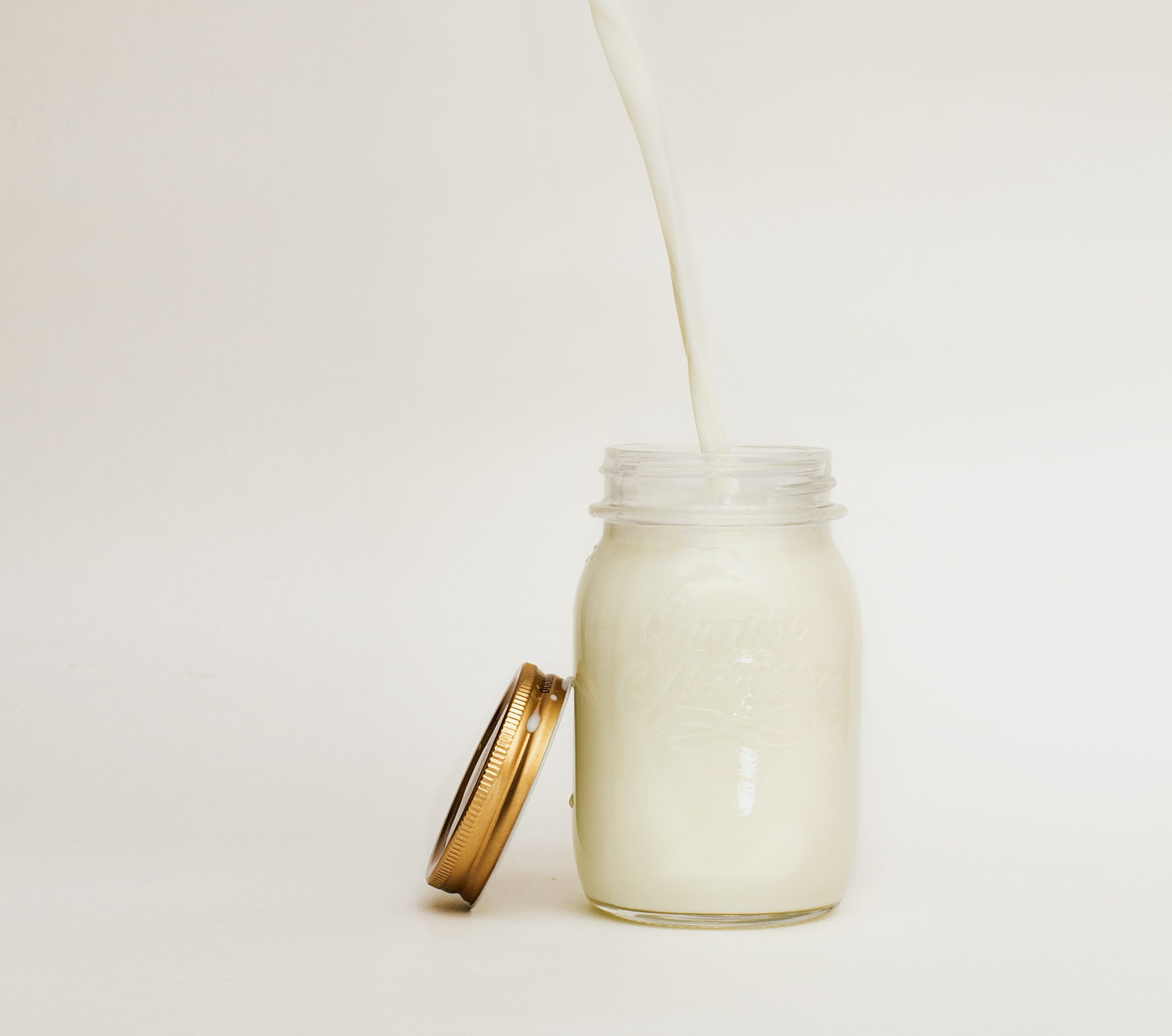
Milk and Sustainability
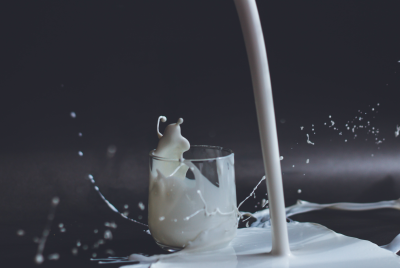
Milk is pronounced as one of the most nutritious foods and is daily necessary for many people. For over a century, we were told we needed milk and milk helped us to become smart and healthy. Milk is a universal memory of all of us.
But what if I tell you cow milk is actually not sustainable and not good for the environment.
Milk production release greenhouse gases
Life cycle assessment 1: Cattle ranching
Greenhouse gas emissions associated with milk production accounted for 49% of national emissions in the last 20 years. The total carbon dioxide emissions (1.7 billion) equivalent to the combined carbon emissions of the aviation and shipping industries.

Figure 1 Horizon organic whole milk half gallon on-farm climate change impact, 2018
Where does the greenhouse gases come from?
When cows digest food and farms process their manure, large amounts of methane and nitrous oxide are emitted. Also, ammonia (NH3) is also emitted when corn silage is grown and causes serious consequences of terrestrial acidification.
Everyone knows the consequences of massive emissions of greenhouse gasses. Climate change, rising seas, and the earth are getting worse and worse. At this point, I believe that no one can object that milk production destroys our planet sustainability.
The life of dairy cows is also very miserable.
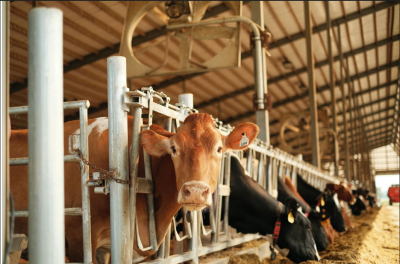
Imagine you are forced to work seven days a week and you can’t even walk freely or breathe fresh air. Your working and living environment are cramped, and you can hear the mourning of the calf being slaughtered all day long. Can you endure this kind of life? I believe that no one can endure this kind of life, so why force these poor animals to endure this kind of miserable life just? Cheap and convenient living is a good thing, but are these personal conveniences really worth the sacrifice of animal welfare, environmental damage, and planetary sustainability?
Freshwater Eutrophication
Life cycle assessment 2: Processing (milking and cooling down process)
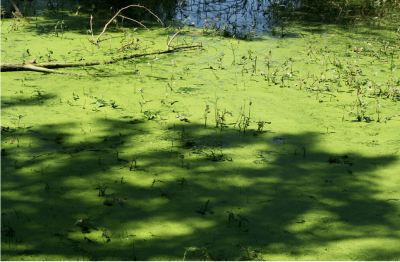
Large amounts of phosphorus and phosphate (PO43-) emissions flow into fresh water during the milking and milk cooling process, resulting in the eutrophication of freshwater.
So, what’s the problem?
Once there are too many nutrients in the water body, the water quality will deteriorate, and the dissolved oxygen in the water body will be depleted, making it difficult for algae and marine life to survive. Not only will this affect marine biodiversity, but it will also create a food crisis. Therefore, milk production is not only harmful to the environment but is actually closely related to our lives and the impact of milk production cannot be ignored.
Farmers dumped millions of gallons of milk.
Life cycle assessment 3: Before retail
Demand for milk has fallen sharply over the past few decades, but milk production has continued to rise over the past decade. This means Milk production far exceeds our consumption. For example, the current milk supply in the United States exceeds demand by at least 10%, and about 5% of milk needs to be dumped and discarded.
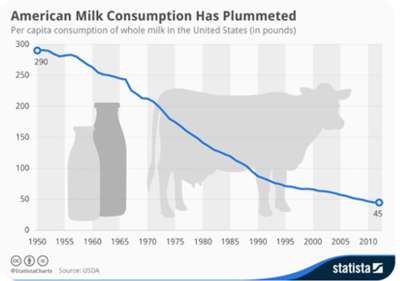
Figure 2 American Milk Consumption 1950-2010
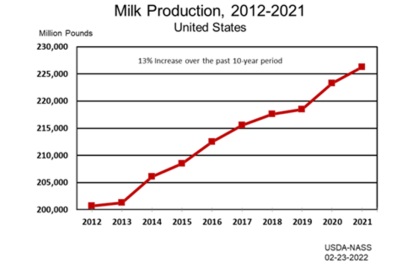
Figure 3 Milk production from 2012 to 2021
To make matters worse, the U.S. government is protecting the interests of dairy farms. For instance, minimum milk prices have been set since the 1930s, and subsidies are used to support the dairy industry. A staggering study found that 73 percent of U.S. dairy producers’ revenue comes from government support of all kinds, which further worsens the waste of overproduction.
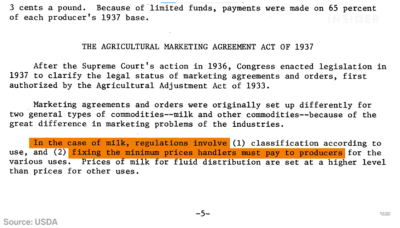
Figure 4 The Agricultural Marketing Agreement Act of 1937
So even if the U.S. government spends a history new high record of $1.33 billion in 2020 to buy excess packaged milk (128 million gallons) and other dairy products for distributing to charities, donating abroad, or storage. However, it won’t improve the situation that millions of tons of milk was dumped.
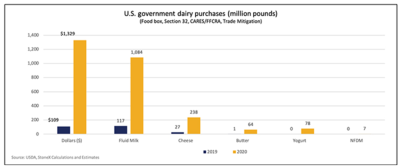
Figure 5 U.S government dairy purchase (million pounds) in 2019 and 2020
During the pandemic, countries are locked down; the major consumers of dairy like restaurants, hotels, and schools need to close, resulting in more than half of milk having no buyers. Dairy farmers were facing sluggish markets, and the coronavirus pandemic disrupting the global milk supply chain. Many And that’s why dairy farmers have to dump as much as 3,700,000 gallons of milk every day.
This situation really happens to every dairy farmer.
During the pandemic, Brian Fink, a farmer’s liaison, fought back tears and called the dairy farmers to explain the plight, “We’re not going to pick up your milk tomorrow,” he told them. “We don’t have a place to put it.”
Rose Hartschuh, one of the dairy farmers who got the call, had to watch her father-in-law flush 31,000 pounds of milk into the lagoon. It took more than an hour for the milk to flow out of the cooler and down the drain.
The overproduction of milk not only means extraordinary food waste, but also means that all the scarification, and the damage to the planet during the production process is meaningless and ironic.
Wasted before consumer
Life cycle assessment 4: Transportation:
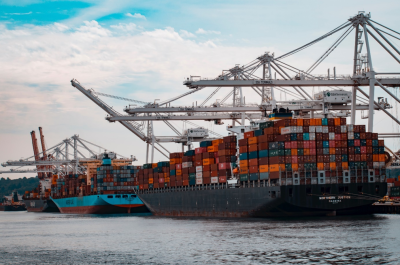
Analysis shows that nearly half of the world’s dairy products are lost and wasted before they reach retail stores. Due to the perishable and unsortable nature of milk, around 55 million tonnes of milk are destroyed or dumped when it is distributed and exported abroad.
We also waste tons of milk
Life cycle assessment 5: Retail and consumer purchased:
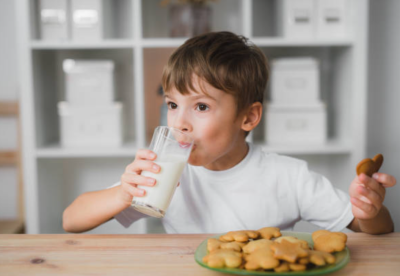
Another 53 million tonnes of milk are wasted globally every year, most of which is discarded in households. General public is buying 10% more than they actually need. Especially in more developed countries such as the UK, one in five food waste in the UK is dairy because milk are often discarded at the consumer level.
This overconsumption can be more damaging to society than discarded food waste, and reducing this loss is important to help and complement actions to reduce greenhouse gas emissions, and address water stress and other sustainability challenges.
We must need to act, otherwise, it will be too late!
